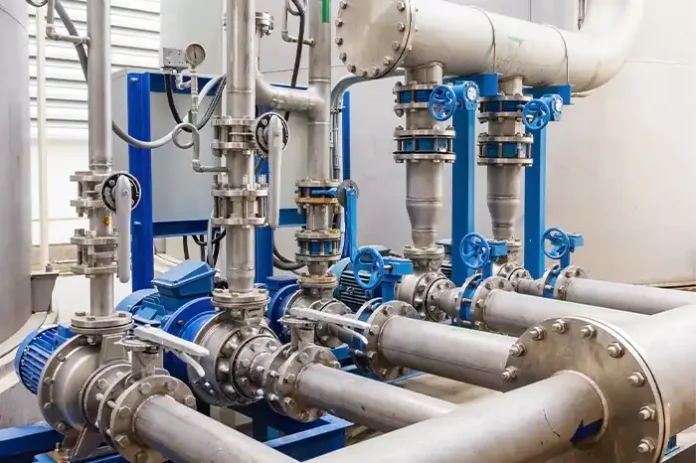Water can be a great friend to your home and garden, but sometimes it shows up where it’s not wanted. Heavy rain can flood a basement. A pond might need emptying. Or perhaps you want to use water from a deep well. In all these cases, a submersible pump can be a powerful helper.
But with so many types available, how do you pick the perfect one for your specific task?
It can be tricky to pick the perfect one for your specific task.
From handling floodwater to drawing from deep wells or reusing rainwater, the right choice depends on understanding your needs. This checklist will make it easy.
We’ll help you understand what to look for, so you pick the right pump every time and avoid common mistakes like over – or under-sizing, clogging, or buying a pump that’s not suited to your water type.
What is a Submersible Pump?
A submersible pump is special. It is designed to work completely underwater. This means it pushes water from below, rather than pulling it from above. This makes them very good at moving water efficiently. They are often used for drainage, irrigation, and getting water from wells.
Check Your Water Type: Clean or Dirty?
The first and most important step is to look at the water. Is it clean, dirty, or does it have a lot of solids?
- Clean water pumps: These pumps are for clear water. Think about emptying a swimming pool or a rainwater tank. They can move a lot of water quickly and are good for general flood cleanup in areas without much dirt or grit.
- Dirty water pumps: If the water has small bits in it, like mud, sand, or small leaves, you need a dirty water pump. These are perfect for flooded basements with debris or for emptying garden ponds. They have wider openings that let small solids pass through without blocking the pump.
- Sewage pumps: For water with large solid waste, like from a septic tank or toilet, a sewage pump is needed. These are very strong and built to handle tough jobs. They often have blades to cut up solids, helping water move easily to a drainage point.
What Is Your Task? Matching Pump to Job
Now, let’s think about what you want the pump to do:
- Basement drainage / flood control: For basements, sump pumps are a top choice. They sit in a pit and turn on automatically when water rises. This protects your home from floods. For general flood cleanup, both clean and dirty water pumps can be used, depending on the water’s condition.
- Garden watering & rainwater reuse: If you collect rainwater in a water butt, a water butt pump is ideal. These small pumps sit in the butt and give you pressure for your hose or small sprinkler. This lets you use free rainwater for your plants. They’re perfect for eco-friendly gardening, helping you save on water bills while keeping your plants healthy during dry spells. To avoid weak flow or clogging issues, it’s important to choose the best submersible pump that’s specifically designed for handling rainwater with light debris, ensuring smooth operation and long-term reliability.
- Emptying ponds & pools: For ponds, a dirty water pump works well, as pond water often has leaves or mud. For swimming pools, a clean water pump is best to quickly drain clear water.
- Draining flat areas (puddles): When water is very shallow, like a puddle on a patio, a puddle pump is excellent. It can drain water down to just a few millimetres, leaving surfaces almost dry.
- Wells & boreholes: For deep underground water sources, you need a well pump or a borehole pump. These are designed to push water up from great depths, giving you a steady supply for your home or garden from a personal well.
Key Things to Look for
Once you know the water type and your main task, look at these pump features:
- Flow rate: This tells you how much water the pump can move per hour. A higher flow rate means faster drainage or watering. Match this to how quickly you need the job done.
- Head height: This is how high the pump can push the water. If you need to pump water up a hill or to an upper floor, check the pump’s “max head” or “delivery head.”
- Automatic features: Many pumps turn on and off by themselves. This is called an “automatic” or “float switch” feature. It’s very useful for basements or rainwater tanks.
- Motor power: More power often means the pump can handle tougher jobs or move water higher/faster.
- Solid handling: If you have dirty water, check the maximum size of solids the pump can handle. This protects the pump from getting clogged.
Ready to Choose Your Pump?
Choosing the right submersible pump can save you a lot of time, effort, and even money. By thinking about your water type, your task, and the key features, you’ll find the perfect fit. A good pump will work for many years, making your life easier.



